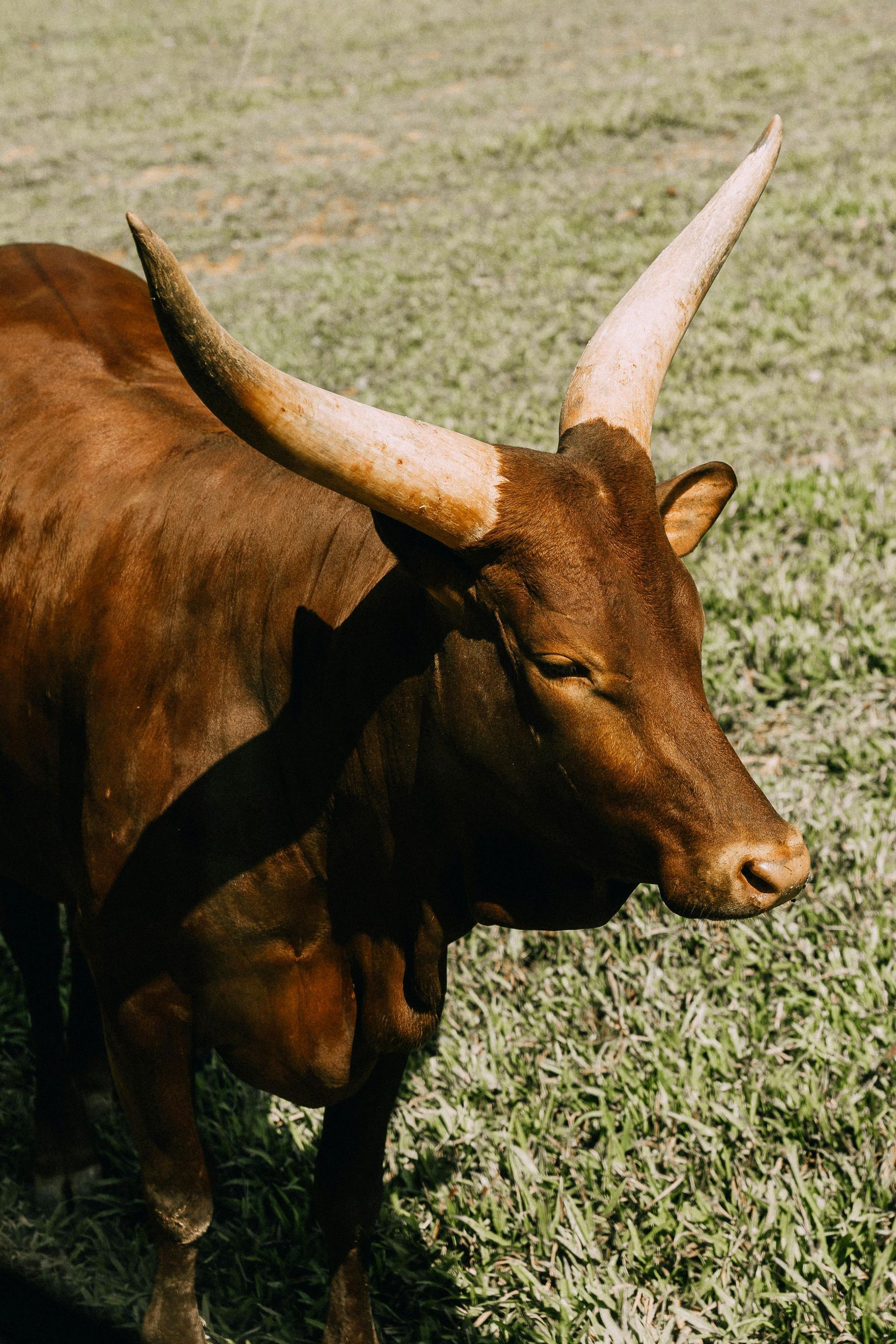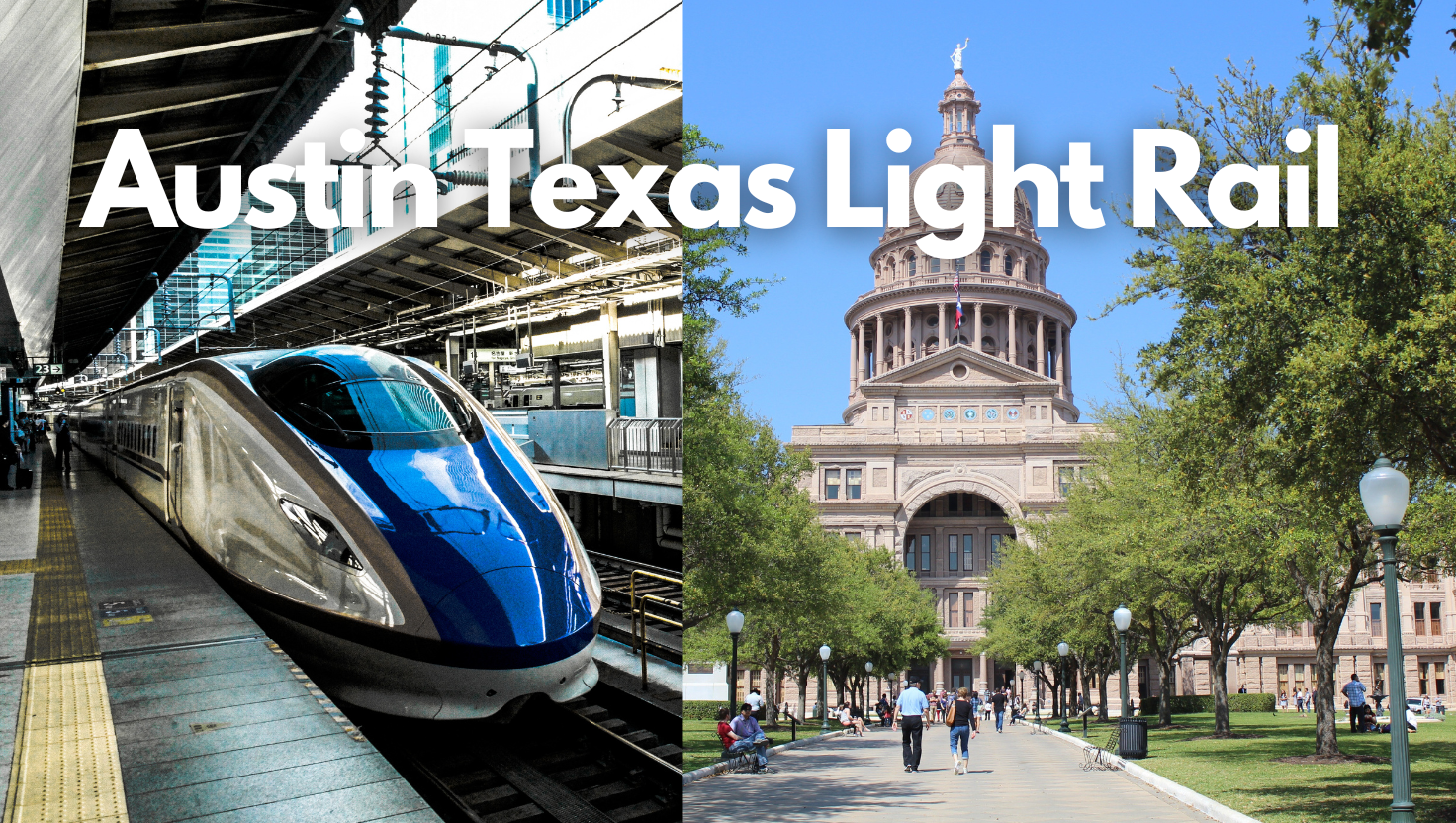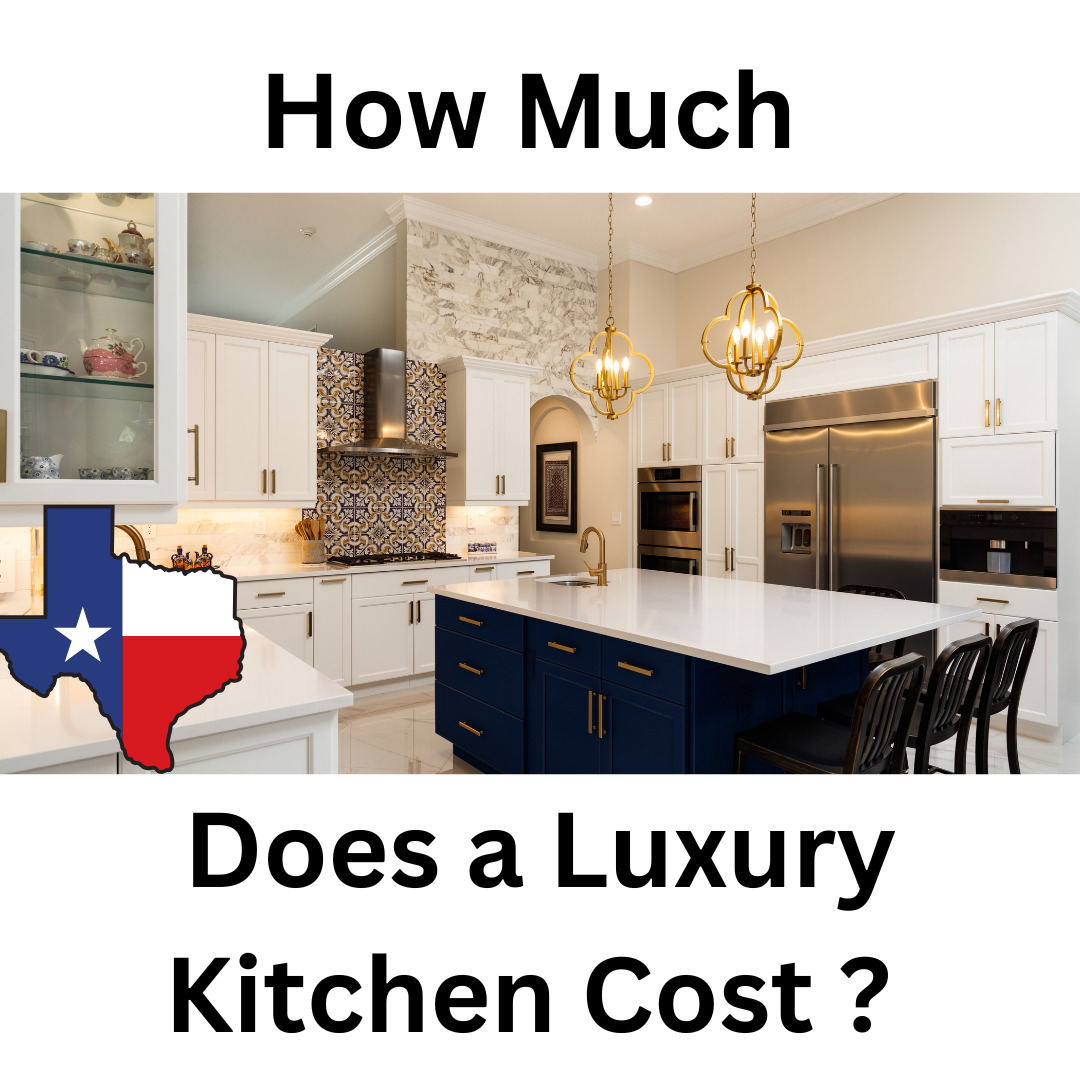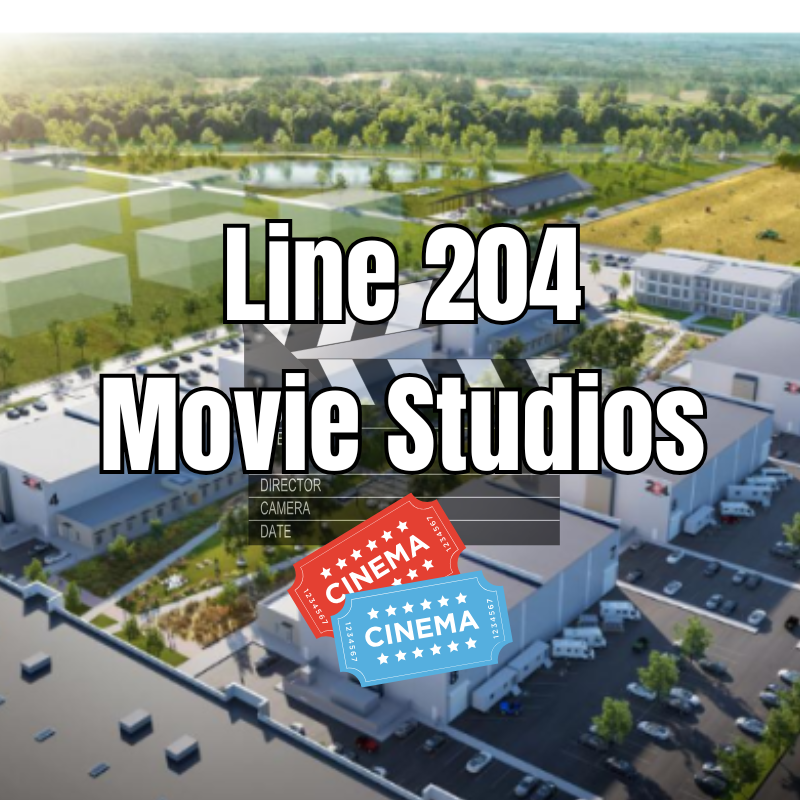Austin home prices jumped 87 percent in 10 years, report reveals

The 87% increase in home prices in Austin over the past decade reflects a combination of economic growth, demographic shifts, and evolving market dynamics. This substantial appreciation can be attributed primarily to Austin’s burgeoning tech industry and its allure as a vibrant cultural hub. Companies like Apple, Google, and Tesla have expanded their footprints in the city, attracting high-skilled workers who contribute to higher demand for housing.
Moreover, Austin's population has surged as individuals from higher-cost states like California seek more affordable living conditions without sacrificing quality of life. This influx has put considerable pressure on the housing market. Limited housing inventory exacerbates the situation; new construction has struggled to keep pace with demand, driving prices further upward.
Why are Real Estate Prices so High in Austin, TX ?
One primary driver is the substantial population growth fueled by an influx of tech companies and startups establishing their headquarters or regional offices in Austin.
This migration has not only brought a wave of high-paying jobs but also increased demand for housing as professionals seek residences close to their workplaces.
Another critical factor is the limited supply of housing relative to this growing demand. Regulatory constraints, land availability issues, and construction costs have all contributed to slower-than-needed development rates. The pandemic further exacerbated these challenges by disrupting supply chains and labor markets.
Comparison With Other Major US Cities
For instance, coastal cities like San Francisco and New York have also seen substantial increases in home prices, driven by high demand and limited housing supply. However, unlike Austin’s rapid climb, these cities have faced more gradual price escalations due to already elevated baseline property values and stringent zoning regulations that limit new construction.
In contrast, cities such as Phoenix and Atlanta have experienced robust growth as well but often at a slightly slower pace compared to Austin. These urban centers benefit from more extensive land availability for development which helps moderate price increases despite rising demand.
Moreover, emerging tech hubs like Denver and Seattle showcase trajectories somewhat akin to Austin’s, fueled by booming job markets and an influx of young professionals seeking vibrant urban lifestyles. Yet even in these cities, the pace of appreciation hasn’t quite matched Austin's remarkable 87 percent leap.
Ultimately, while many U.S. cities are witnessing upward trends in housing costs driven by similar economic forces—such as population growth and job market expansions—Austin's unique combination of factors has positioned it at the forefront of this national phenomenon.
For many long-time Austinites, this surge has meant grappling with a significantly higher cost of living. Homeowners may find themselves benefiting from increased equity, but those looking to buy—especially first-time buyers—face formidable financial barriers. This dramatic price escalation often translates into larger mortgage payments, higher property taxes, and increased insurance premiums, straining household budgets.
Projections For Future Market Trends
Looking ahead, the trajectory of Austin's home prices is poised to continue its upward climb, albeit at a potentially moderated pace compared to the past decade's extraordinary surge. Several factors will likely drive this sustained growth.
Companies such as Tesla and Apple establishing significant operations in the area signal ongoing economic vitality that could translate into steady demand for housing.
Moreover, demographic trends indicate a continuous influx of new residents seeking the high quality of life that Austin offers.
This population growth is expected to sustain pressure on housing supply, keeping prices elevated. Additionally, with remote work becoming more normalized post-pandemic, more professionals may choose to relocate from higher-cost cities to Austin, further bolstering demand.
However, potential headwinds could temper this growth. Rising interest rates might make mortgages less affordable, potentially cooling buyer enthusiasm. Furthermore, if local government policies do not adapt to facilitate increased housing supply through zoning reforms or incentives for new construction, affordability issues could become more pronounced.
Overall, while Austin's home price appreciation may decelerate slightly from its recent rapid pace, the market fundamentals suggest continued upward momentum in the foreseeable future.
Strategies For Potential Real Estate Buyers in Austin
When examining the significant 87 percent increase in Austin home prices over the past decade, it becomes crucial to contextualize this growth by comparing it with trends in other major U.S. cities. While Austin's real estate market has undeniably experienced a dramatic surge, similar patterns have been observed across various metropolitan areas, albeit with differing magnitudes.
Waterline, the new supertall tower in Austin. pic.twitter.com/96HW0br6VM
— Citycast™ (@metroTM32) September 8, 2023
Nice view of the north end of Rainey featuring the U/C 1,022' Waterline, 658' Modern Austin & 594' Travis towers. Credit: SproutingTowers at skyscraperpage. pic.twitter.com/rflmMHwJ6m
— The ATX (@TheATX1) March 12, 2024
Free tacos? A Torchy's mural? Check and check.
— Torchy's Tacos (@torchystacos) March 14, 2019
Swing by the tiny home at 98 Red River Street today to see our mural and do some painting with Wiley Ross while you're in line for your tacos! pic.twitter.com/ZbRaRB6xJW











